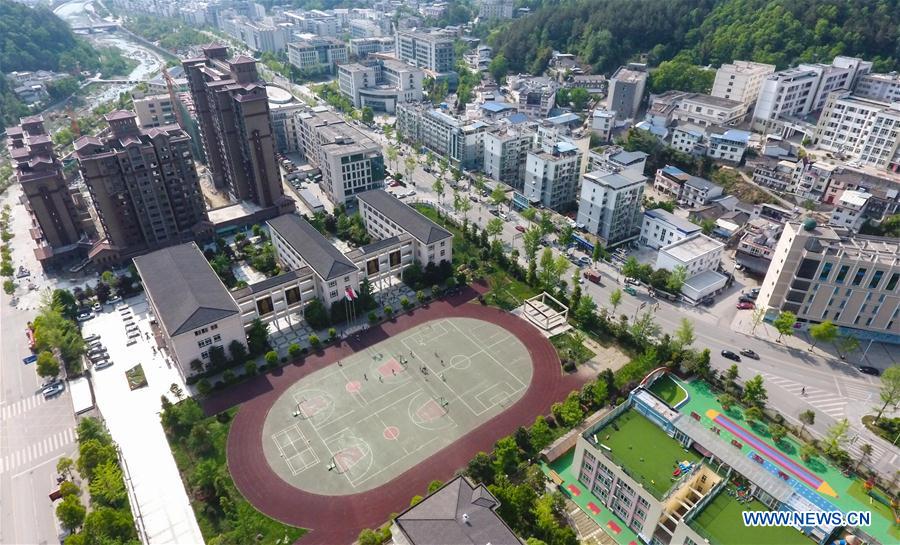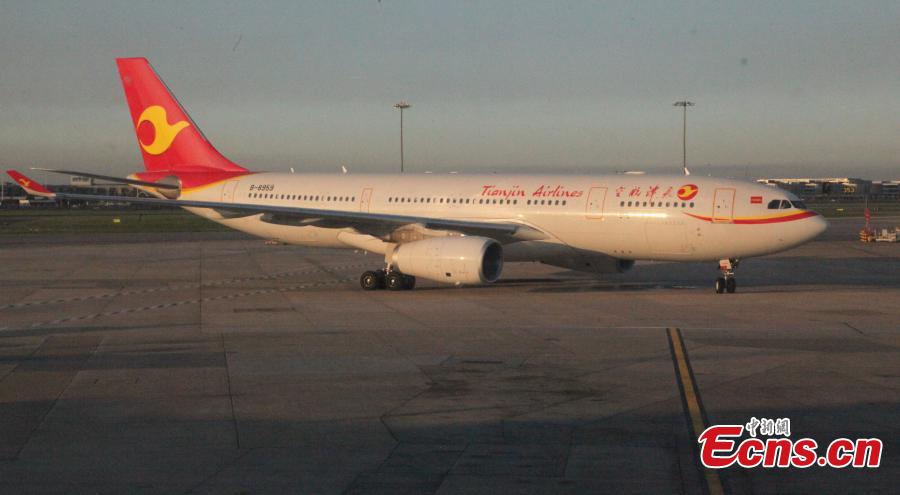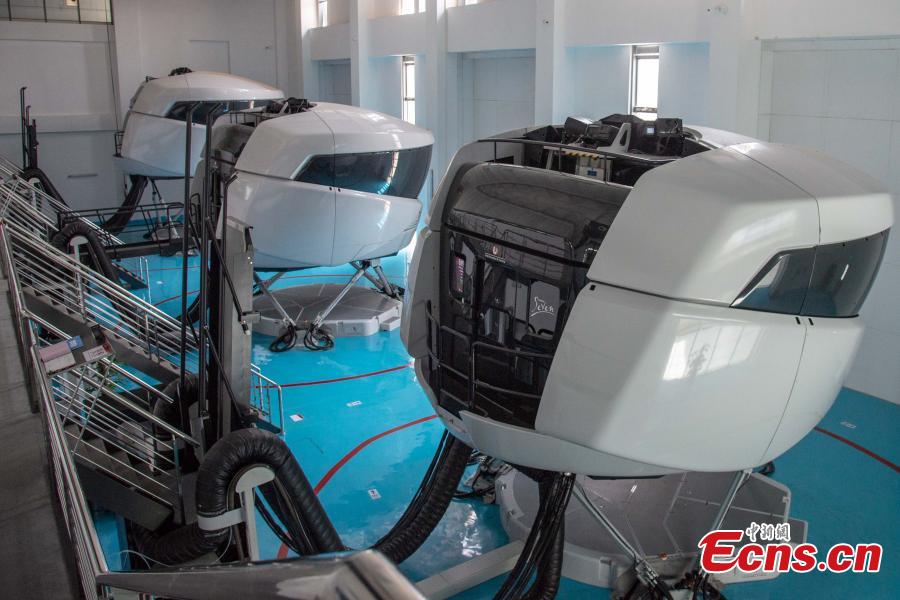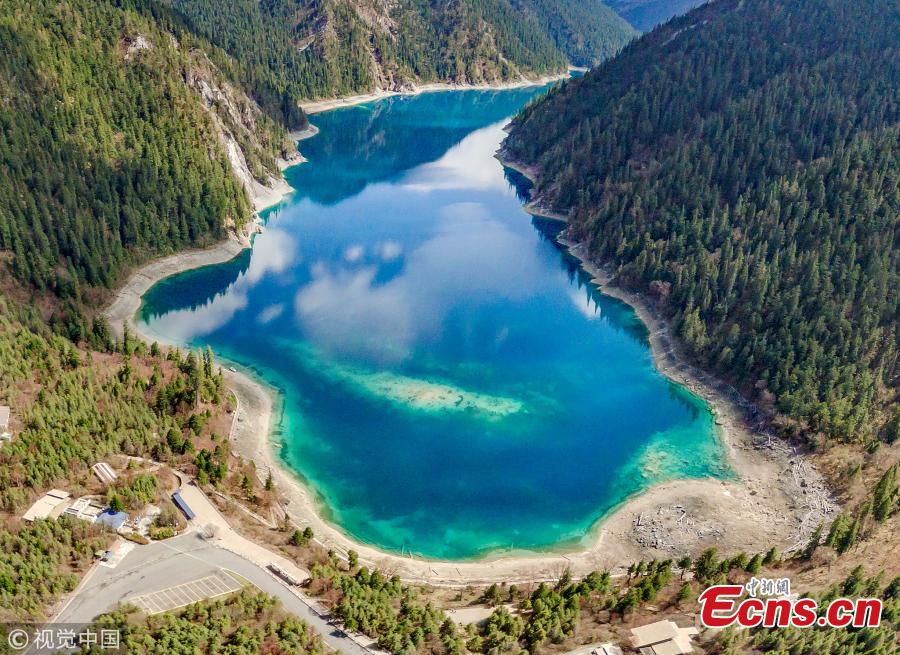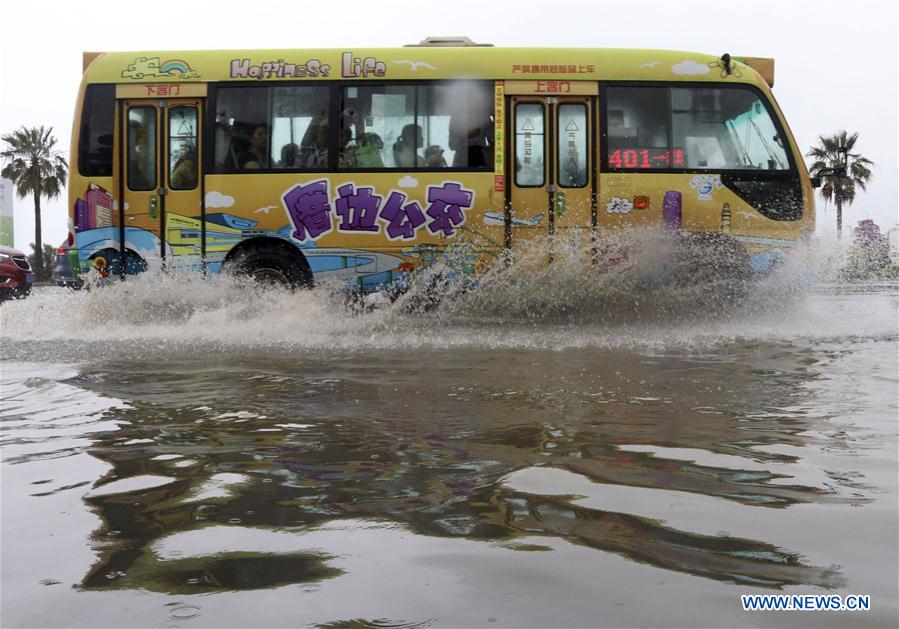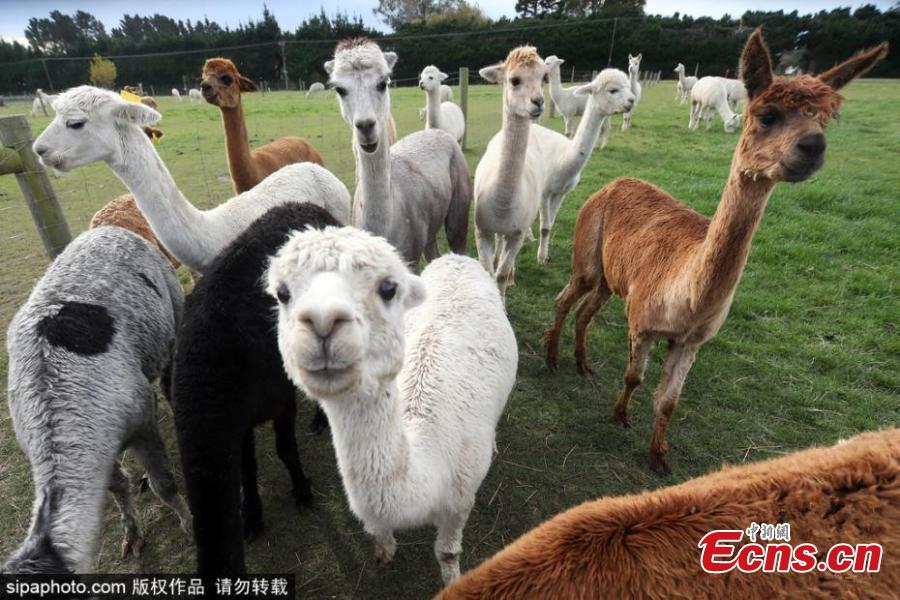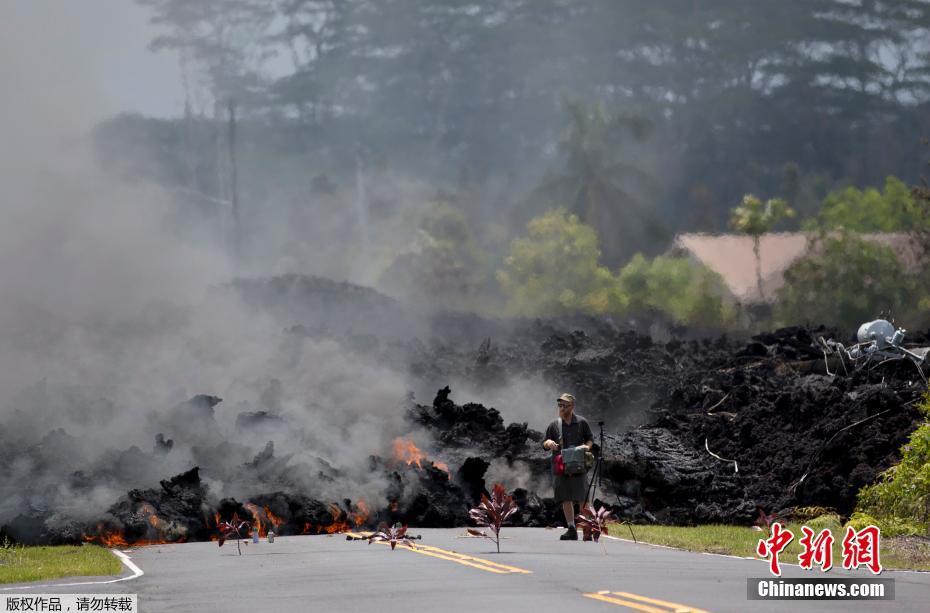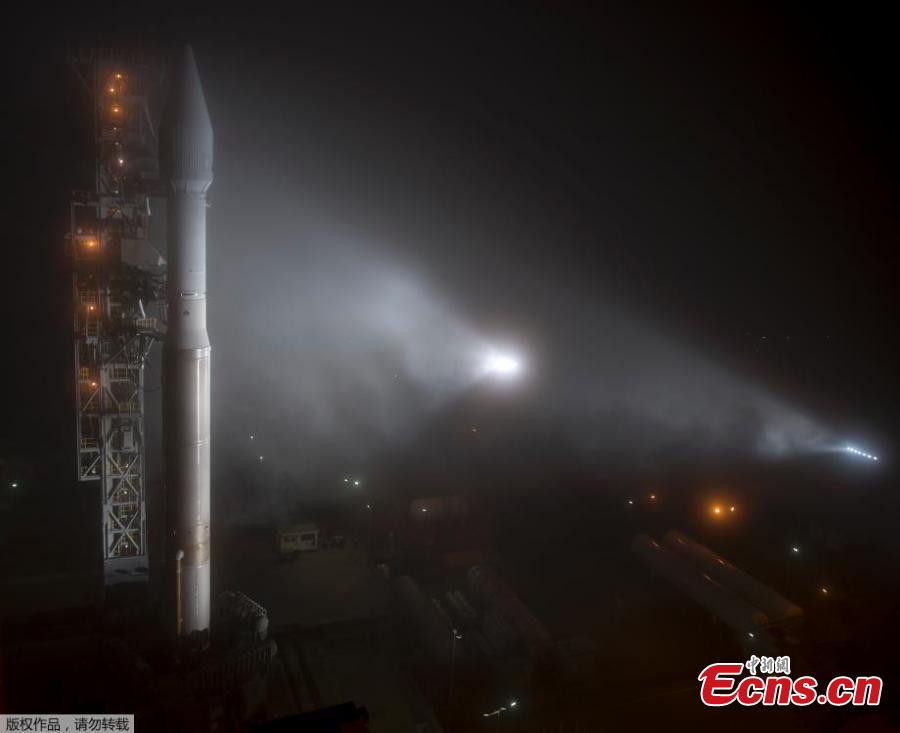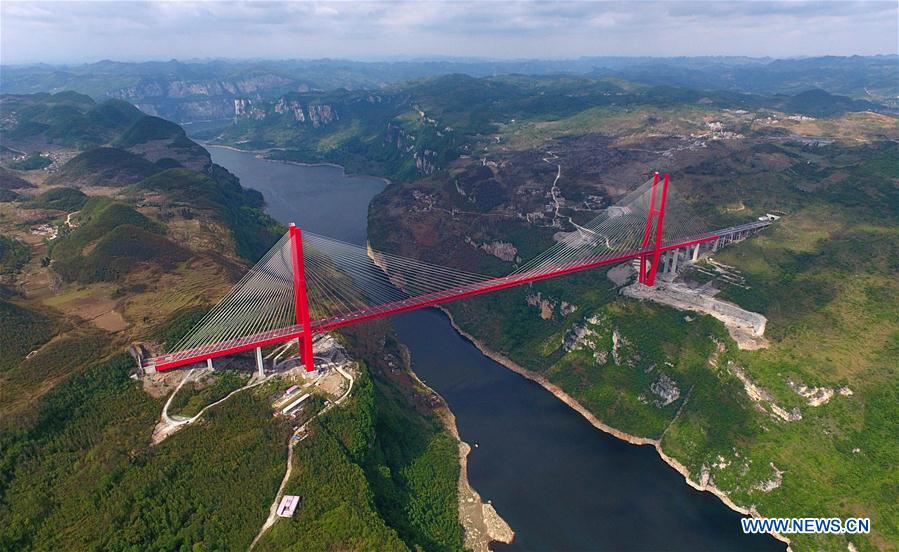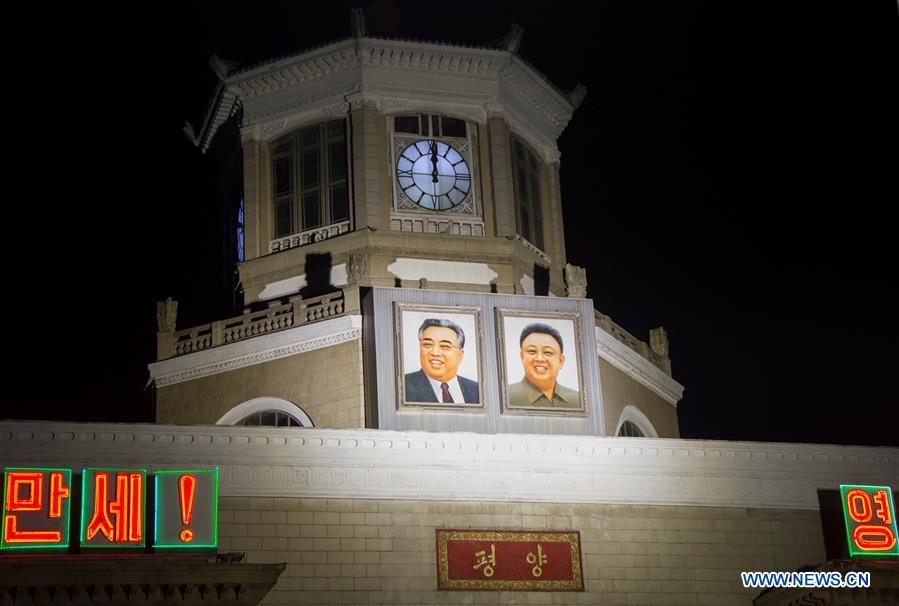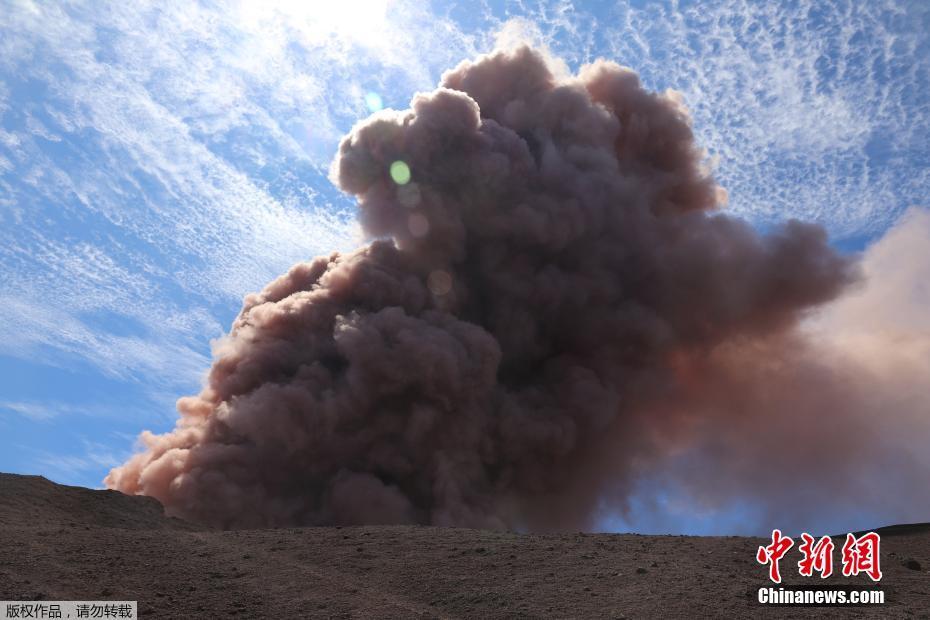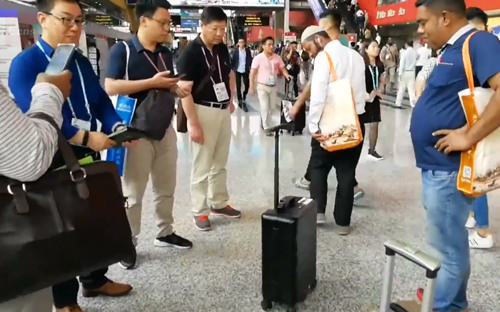Undeveloped infrastructure still a challenge: expert
Southwest China's Tibet Autonomous Region is aiming to enhance trade with its South Asian neighbor Nepal, which will help the region integrate into China's "One Belt, One Road" initiative, local officials told the Global Times on Monday.
Three trading hubs - Burang in Ngari prefecture, and Gyirong and Zhangmu in Nyalam county - connect the region and Nepal, and there has been growing trade between China and Nepal recently, Cidan Nuobu, deputy chief of the inspection division of Lhasa Customs, told the Global Times on Monday.
"A large part of the imports from Nepal are craftworks and perfume, while export products are more diverse, including daily necessities, electronics and agricultural products," he said.
The total trade volume inspected by Lhasa Customs rose 9.8 percent year-on-year in 2016, reaching 4.45 billion yuan ($647.18 million), according to data officials provided to the Global Times on Monday. Imports increased by 2.1 percent to 898 million yuan while exports surged 11.9 percent to 3.55 billion yuan, both on a year-on-year basis, the data showed.
To boost trade relations with Nepal, the local government has helped to open the first freight train route linking Guangzhou, capital of South China's Guangdong Province, and Lhasa; the route then extends to Kathmandu, capital of Nepal, Wang Ping, deputy chief of the commerce bureau of Tibet, told the Global Times on Monday.
"Further developing the trade relations with Nepal will serve as a bridge for Tibet to better integrate into the 'Belt and Road' initiative, especially the Silk Road Economic Belt to South Asia," Wang said.
However, some challenges remain, he noted, such as less developed infrastructure in mountainous areas not only in the region but also in areas of Nepal near the border.
The road and rail networks in Tibet are relatively undeveloped, which will drive up transportation costs, Liu Xiaoxue, an associate research fellow at the National Institute of International Strategy under the Chinese Academy of Social Sciences, told the Global Times on Monday.
In terms of foreign trade, Liu noted that Tibet has not formed competitive advantages and the autonomous region mainly plays the role of a "transfer point."
"There is huge demand for cheap and low value-added products in South Asian countries, such as clothes and daily necessities, but the industrial foundation in Tibet is quite weak and most of the export commodities are actually transported from China's coastal areas like East China's Zhejiang Province," Liu pointed out.
Compared with India, whose relations with China have been negatively affected by territorial disputes, Nepal is a more suitable candidate for linking with the South Asian region, according to Liu.










